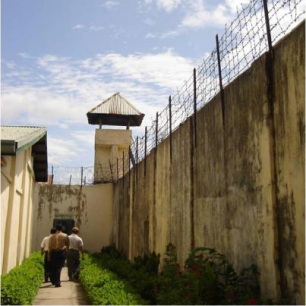The Australian National Council on Drugs (ANCD) has requested a review of the prevalence of alcohol and/or drug use problems among prisoners and the range and availability of supply, demand and harm reduction programs and services in prisons. The focus of the review is adult prisoners and remand inmates.
Dr Alex Wodak
Alcohol and Drug Service, St.Vincent’s Hospital, Sydney
- Collate current data on the number and proportion of prisoners reporting problematic alcohol, tobacco and/or illicit drug use, and place these data in context by comparing to previous years.
- Assess the availability, access and extent of use of the range of demand, harm and supply reduction programs and services in prisons. Attention will be given to the extent to which these programs and services adhere to the principles of the National Correctional Drug Strategy.
All jurisdictions in Australia used drug detection dogs and urinalysis to reduce the supply of drugs in prisons. The most common drug detected was cannabis and heroin use was rarely detected. All jurisdictions operated a detoxification service for drug dependent prison entrants. There were improvements in the provision of methadone treatment for inmates in most states except in Queensland. All jurisdictions operated inmate program and counselling services. In some jurisdictions, the range of services provided was extensive. Most were in the form of group programs, using cognitive-behaviour therapy and motivational interviewing principles. Individual counselling was less common and, in some cases, was being phased out in favour of group programs. Five out of eight jurisdictions operated drug-free wings or units for prisoners. All jurisdictions provided harm reduction education in 2009 and tested inmates for blood borne viruses. Condoms were available in NSW, WA, SA, Tasmania and Victoria. No jurisdictions provided needle and syringe programs. While there are many programs in operation few have been rigorously and independently evaluated.
This study provides an updated overview of how Australian prison Departments respond to drug use and drug users.



